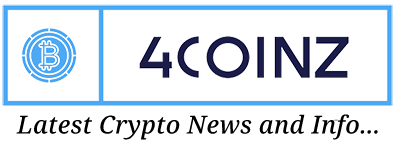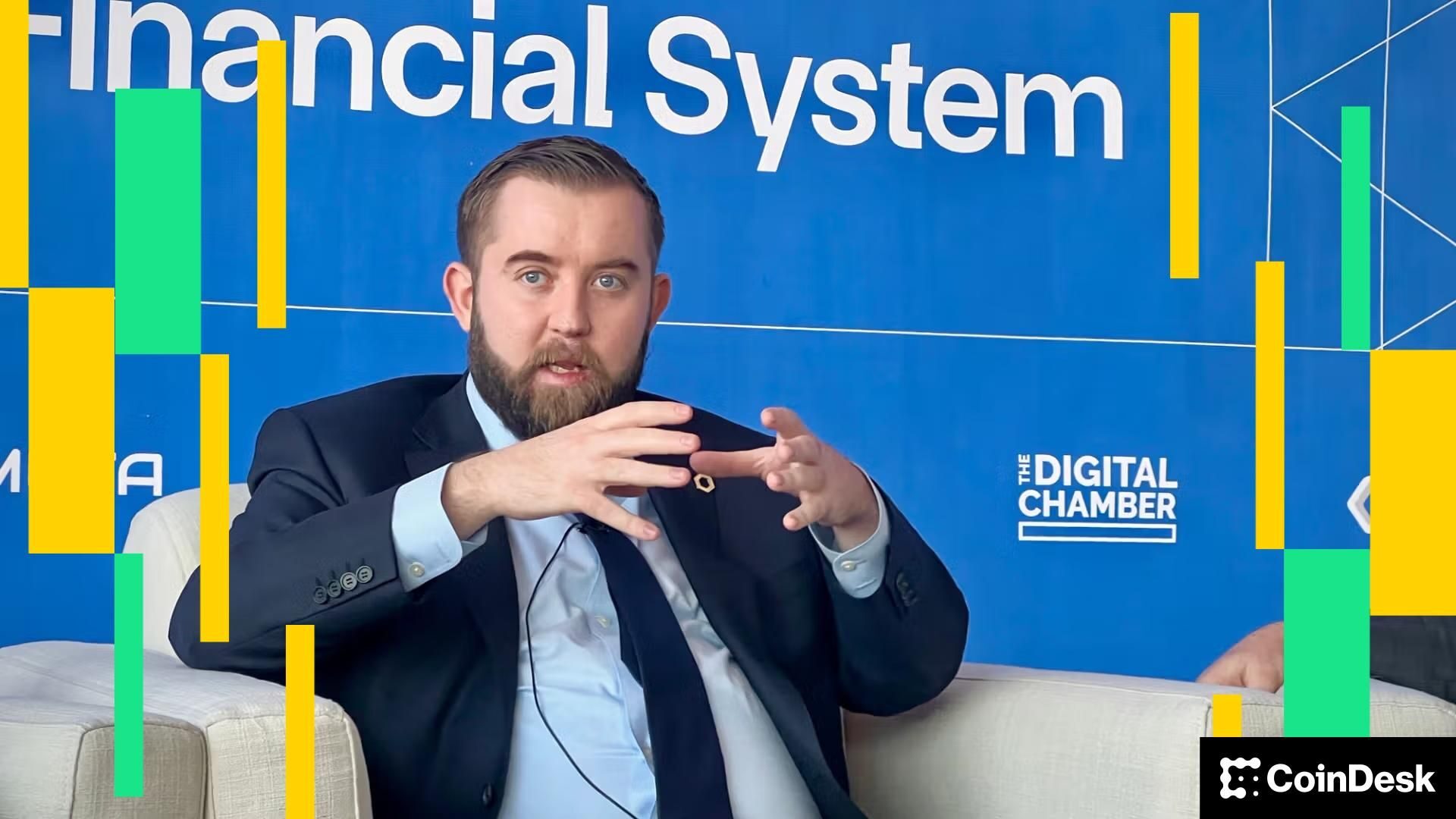Banco Inter, Chainlink Power Real-Time CBDC Trade Settlement Between Brazil and Hong Kong
The pilot, part of Brazil’s Drex initiative, used Chainlink’s infrastructure to connect Brazil’s Drex network with Hong Kong’s Ensemble platform.
By Francisco Rodrigues|Edited by Cheyenne Ligon
Nov 3, 2025, 1:30 p.m.

- Banco Inter and Chainlink have completed a blockchain-based pilot with the central banks of Brazil and Hong Kong to settle a cross-border trade transaction in real-time using digital currencies and smart contracts.
- The pilot, part of Brazil’s Drex digital currency initiative, used Chainlink’s infrastructure to connect Brazil’s Drex network with Hong Kong’s Ensemble platform.
- The project aims to create a more inclusive trade finance ecosystem by reducing costs and improving coordination across platforms, with plans to expand testing to additional trade models and connect with more financial institutions.
Brazilian financial giant Banco Inter and Chainlink have completed a blockchain-based pilot that enabled the central banks of Brazil and Hong Kong to settle a cross-border trade transaction in real time using digital currencies and smart contracts.
The test was part of Phase 2 of the Central Bank of Brazil’s Drex digital currency initiative, which aims to create a digital version of Brazil’s real. It linked Brazil’s Drex network with Hong Kong’s Ensemble platform, overseen by the Hong Kong Monetary Authority (HKMA).
STORY CONTINUES BELOW
Chainlink’s infrastructure provided the connection between the two systems, according to a press release shared with CoinDesk, allowing funds and asset records to move across jurisdictions within a single automated workflow.
“By leveraging Chainlink to connect the BCB, the HKMA, and trade finance platforms, we’re building a more connected financial ecosystem that has the ability to underpin the future of global trade,” said Bruno Grossi, Head of Digital Assets at Banco Inter.
The pilot featured both delivery-versus-payment (DvP) and payment-versus-payment (PvP) model tests. These mechanisms allow for the simultaneous transfer of goods and payments, reducing settlement risk.
The system also supported conditional and installment-based payments, such as releasing funds when a specific part of the trade process is confirmed.
Supporting organizations included Standard Chartered, the Global Shipping Business Network (GSBN), and 7COMm. GSBN’s platform handled updates to the electronic bill of lading (eBL) as part of the payment process.
The project is being positioned as a potential foundation for a more inclusive trade finance ecosystem. By removing manual processes and improving coordination across platforms, the solution could reduce costs for banks and exporters, especially smaller firms.
The partners now plan to expand testing to cover additional trade models and connect to more financial institutions.
More For You
Oct 16, 2025

Stablecoin payment volumes have grown to $19.4B year-to-date in 2025. OwlTing aims to capture this market by developing payment infrastructure that processes transactions in seconds for fractions of a cent.
More For You
By Sam Reynolds|Edited by Aoyon Ashraf
3 hours ago

The deal aims to expand Animoca’s investor base and enhance access to its digital assets and growth companies.
What to know:
- Animoca Brands plans to list on Nasdaq through a reverse merger with Currenc Group.
- The deal aims to expand Animoca’s investor base and enhance access to its digital assets and growth companies.
- Animoca’s Digital Assets Advisory unit reported $165 million in revenue for 2024, marking a 116% increase from the previous year.
-
Back to menu
Prices
-
Back to menu
-
Back to menu
Indices -
Back to menu
Research
-
Back to menu
Consensus 2026 -
Back to menu
Sponsored
-
Back to menu
Videos -
Back to menu
-
Back to menu
-
Back to menu
Webinars
Select Language













